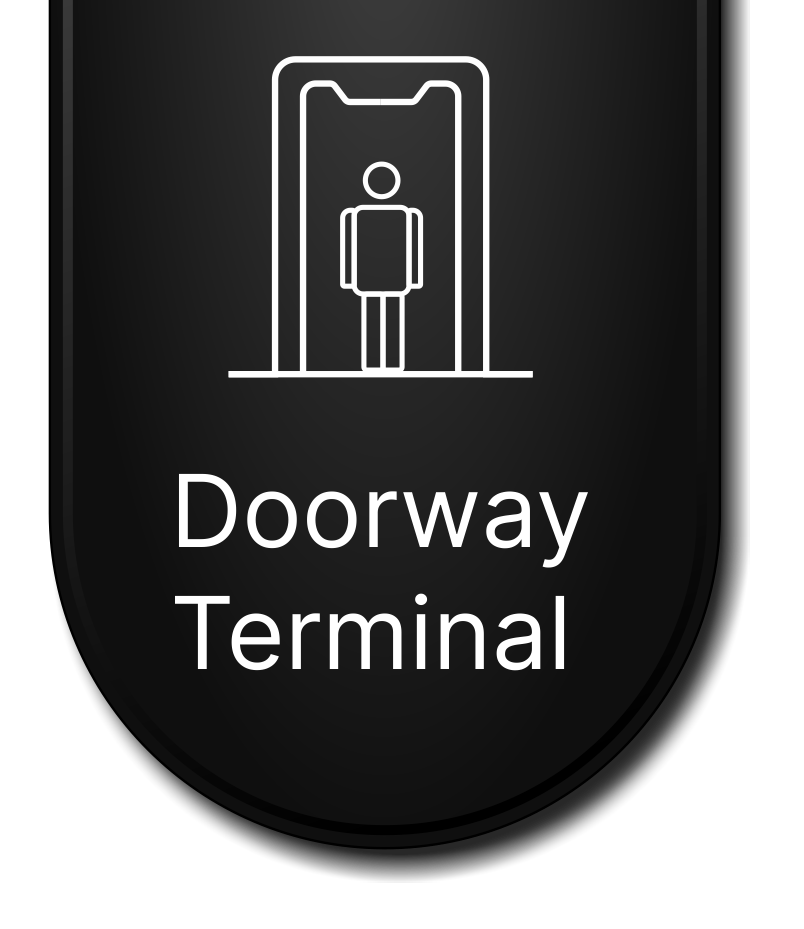The virus causing COVID-19 can land anywhere, even on surfaces. Since people are always touching on surfaces they can transfer the virus from a surface to their faces. When a person touches the mouth, nose, and eyes they are easy to contract the disease. To avoid these incidences it is to maintain safe and clean surfaces by cleaning and disinfecting regularly. The virus lasts up to even a day on any surface. These have been a regulation set by the world health organization, to protect one and others. These disinfectants should contain ethanol with not less than 70%, to effectively eliminate all germs, bacteria, and viruses (World Health Organization, 2020).
Always cleaning with water and soap helps kill germs and other viruses by removing the contaminants reducing infections risks. After cleaning it’s safe to sanitize the surface to be extra careful. Mostly commonly touched surfaces should be given priority while cleaning. Door knobs, remotes, elevator buttons, and shared working surfaces are examples of what to clean regularly. Cleaning should be done even when there are no cases of covid19 in a public or private setting. This is to remove all germs that are killed and protect from other diseases. More cleaning is to be done when there is a suspected covid 19 patients. All services should be cleaned and sanitized. (Chen, T. 2020).
When choosing a disinfectant one should consider the surface. Some are too harsh that they can destroy the surface intended to be cleaned. It’s safe to avoid mixing disinfectants if you do not know what they contain. Windows should be kept open to ensure proper ventilation avoiding the smell irritating the respiratory systems. They should be kept out of reach for children for them not to harm themselves. Proper clothing should be worn when cleaning.
Reference
World Health Organization. (2020). Infection prevention during transfer and transport of patients with suspected COVID-19 requiring hospital care.
Chen, T. (2020). Reducing COVID-19 transmission through cleaning and disinfecting household surfaces. Vancouver, BC: National Collaborating Centre for Environmental Health.















